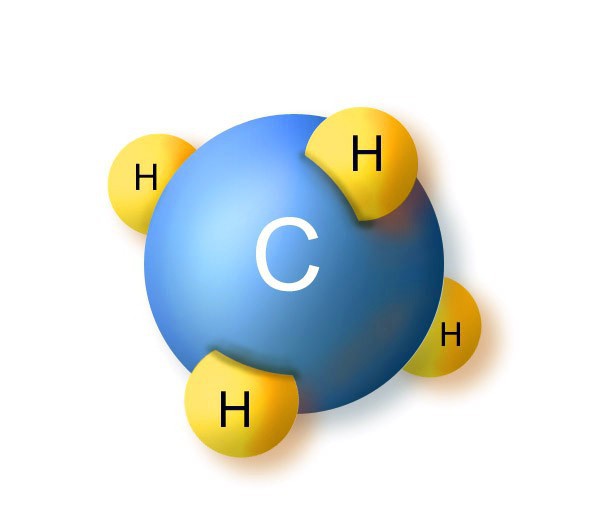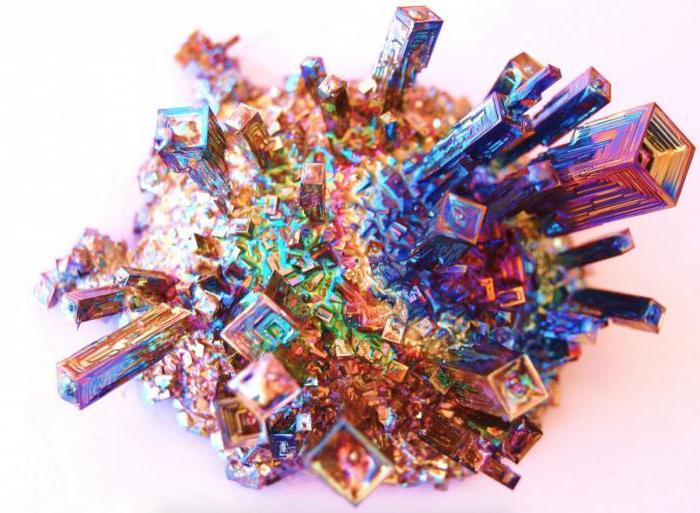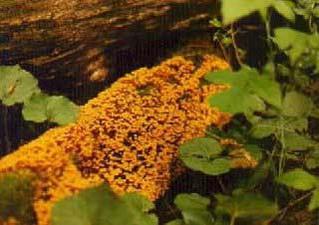Carbon tetrachloride
Carbon tetrachloride (CCl4) representsa colorless, non-flammable liquid capable of strongly refracting light. The substance has a sweetish odor. Carbon tetrachloride also has a narcotic effect. Under normal conditions, the element exhibits chemical inertness. The substance does not react with acids (with sulfuric acid concentrated, including), nor with bases. Along with this, the compound interacts quite noticeably with individual metals. In the presence of iron or aluminum, for example, carbon tetrachloride decomposes gradually with water in accordance with the equation: CCl4 + 2H2O = CO2 + 4HCl. In other cases, at ordinary temperatures, this transformation does not go to an appreciable extent.
Carbon tetrachloride. Properties
Specific gravity of the substance 1.593, the boiling point is 76.6 degrees. Cures the substance at a temperature of minus 22.87 degrees. At minus 44.66 carbon tetrachloride has a transition point, the use of which is recommended for the calibration of thermometers.
In water, the compound dissolves veryslightly. At twenty degrees in a hundred grams of water, 0.08 grams of the substance dissolves. The permittivity of carbon tetrachloride is rather low (at eighteen degrees - 2.3). In this case, the substance has a high light refractive power. The refractive index for the yellow light is n = 1.463.
The properties of carbon tetrachloride areits ability to dissolve organic substances. In all respects, the substance is mixed with alcohol and other liquids of organic nature. In this regard, the compound is widely used in laboratory conditions, for technical needs as a solvent for resins, fats, oils and other substances. In addition, carbon tetrachloride is used in extinguishing fires. The substance is also used in medicine as an anthelmintic and anesthetic.
The compound is obtained by chlorinationcarbon disulfide in the presence of manganese chloride (II) or another halogen carrier. As a result, chloride sulfur is formed which, in the presence of optimal catalysts (FeS, for example) and under moderate heating (up to about sixty degrees) also reacts with carbon disulfide (CS2). It is possible to conduct the process in such a way that the reactions will proceed in parallel. The sulfur precipitated in the process will be returned as an initial component for the production of CS2. Purification of carbon tetrachloride is carried out by washing with potassium hydroxide, directly followed by fractional distillation.
One of the main tasks facingspecialists, is the choice of the most efficient way of processing carbon tetrachloride. The urgency of the problem is mainly due to the fact that, according to the Montreal Protocol, this substance is banned due to its destructive effect on the ozone layer.
When a compound is burned using air inAs an oxidizing agent it is necessary to simultaneously supply fuel for binding to hydrogen chloride. Fuel is also needed to supply heat. In the presence of hydrogen chloride in a small amount, it can be converted into sodium chloride. This is possible by injecting a solution of sodium hydroxide in the combustion gases. In other cases, hydrogen chloride is released from the gases as hydrochloric acid.
Some authors prefercatalytic oxidation. In comparison with the combustion of carbon tetrachloride, the process of catalytic oxidation is characterized by a higher degree of destruction of chlorine-organic waste and is not accompanied by the formation of dioxins.






